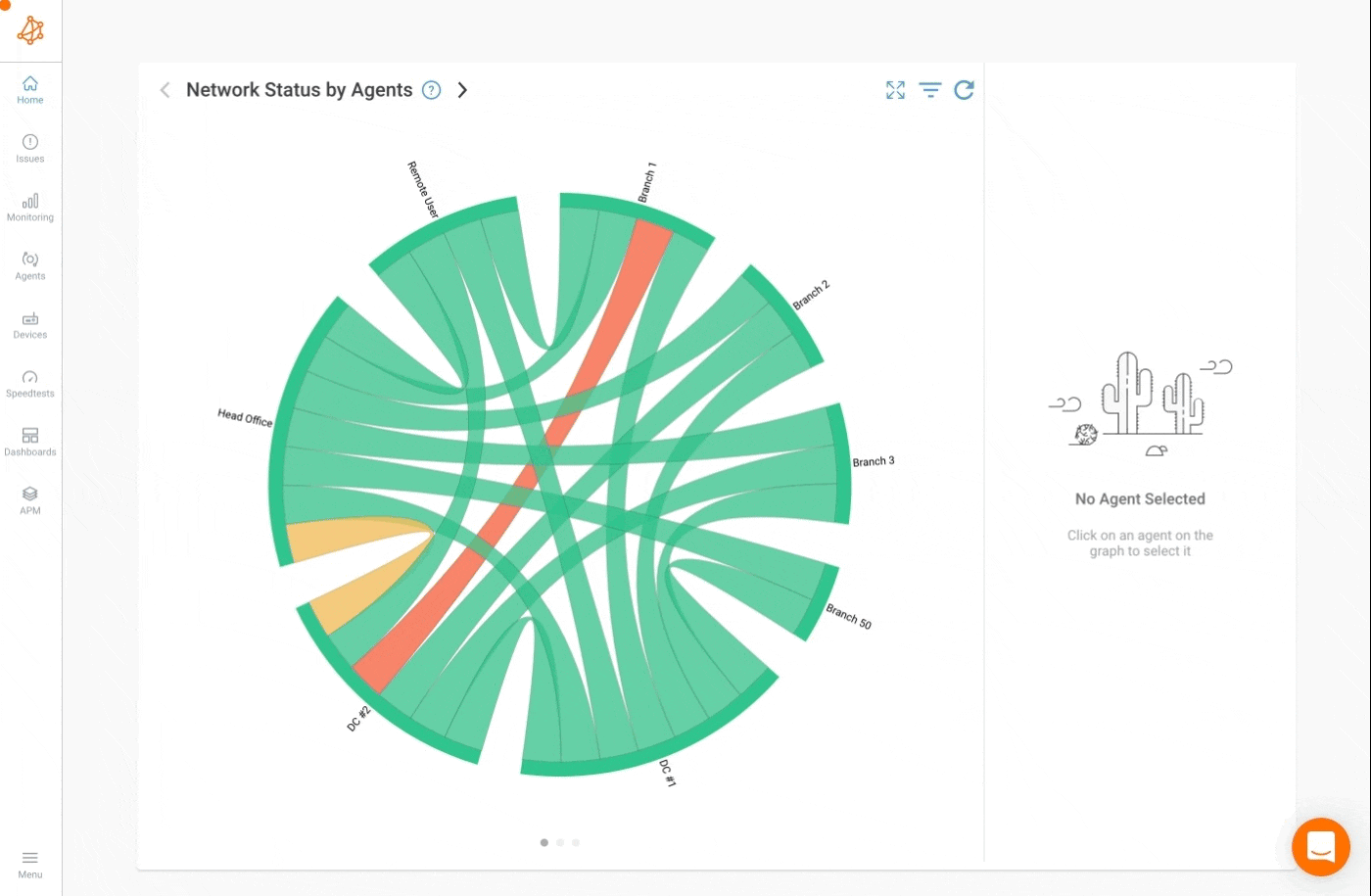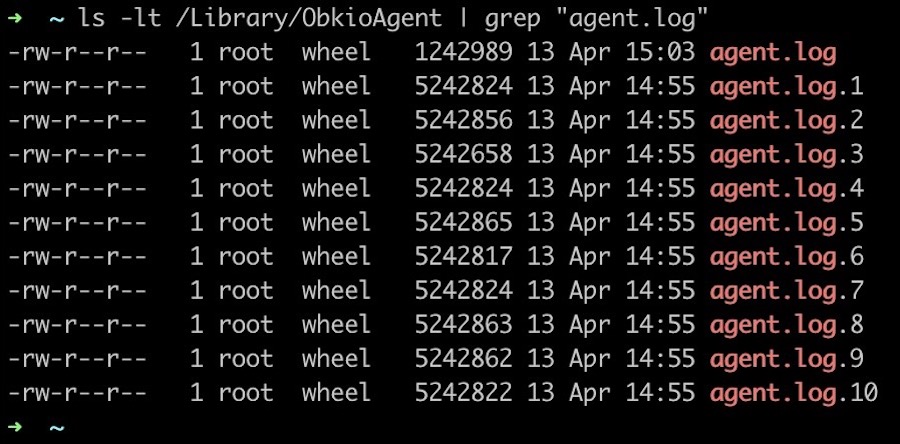Monitoring Agent Logs
- How to get the agent logs
- What is the logs retention policy
What you are going to learn:
The Monitoring Agent Logs are available from the location where the Obkio Monitoring Agent was installed. A subset of these logs are also uploaded to the Obkio platform and can be viewed from the Web application. These logs are useful to troubleshoot issues or understand what's going on with an agent. The Obkio support team might need these logs to better assist a client.
Only a subset of the Monitoring Agent Logs are uploaded to the Obkio platform in order to only store the most meaningful information. The complete set of logs can be obtained from the Monitoring Agent. These logs are available from the Web application through the following steps :
- Select on the
Agenticon available on the left side menu. - Select the Agent that contains the logs.
- Select the three dots button available on the top right of the screen.
- Select
View logs.

Note: The logs from a public agent are not available from the Web application.
The location of the Monitoring Agent Logs depends on the type of agents used. Here's the default location for each type of Monitoring Agent :
- Docker Software Agent -> Look for the
STDOUTof the container.docker logs <comtainer-id>can be used to view this output. - Linux Software Agent ->
/opt/obkio/agent.log*. - macOS Software Agent ->
/Library/ObkioAgent/agent.log*. - Windows Software Agent ->
C:\Program Files\Obkio\agent.log*. - Hardware Agent -> These logs are only available to Obkio support team.
- Public Agent -> These logs are only available to the enterprise hosting the agent.
- Virtual Appliance Agent -> These logs are only available to Obkio support team.
Over time, multiple files are used to store the logs. agent.log* is used to represent these files, which are all starting with the file name agent.log. For more information, look at the log retention documentation.
The agent will store up 5.24 MB (5 242 880 bytes to be exact) of logs in the agent.log file. Once the maximum file size is reached, the file will be renamed to agent.log.1 and the following logs will be put in a new agent.log file. This rotation will go on until a total of 10 agent.log.* files is reached.

At that point, the oldest file agent.log.10 is deleted when the agent.log reaches again the maximum file size. So, the agent can store up to 57.64 MB of logs (11 files of ~ 5.24 MB each for a brief moment).


























